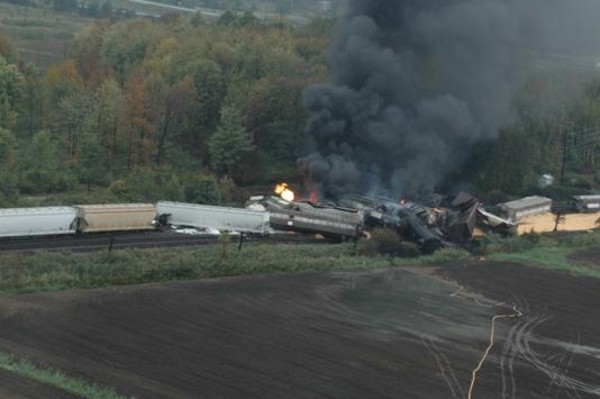If you were recently injured at work, there are certain actions you could take (or not take) that might jeopardize your workers’ compensation claim. The following article will provide some of the most common mistakes injured employees make after experiencing a workplace injury that can be detrimental to a workers’ compensation claim.
- Failing to report your injury within a timely manner: In Georgia, you are required to report your work-related injury to your employer within 30 days of the date the injury occurred. If you choose to wait longer than 30 days to report your injury, you may be unable to file a workers’ compensation claim later on.
- Failing to seek medical attention: After experiencing a work-related injury or illness, you should seek medical attention as soon as possible. The timing regarding when you choose to seek medical attention can have a significant impact on your claim. Additionally, if you take too long to seek medical attention, your employer may assume that your injuries are not as serious as you claim.
 Marietta Injury Lawyer Blog
Marietta Injury Lawyer Blog


